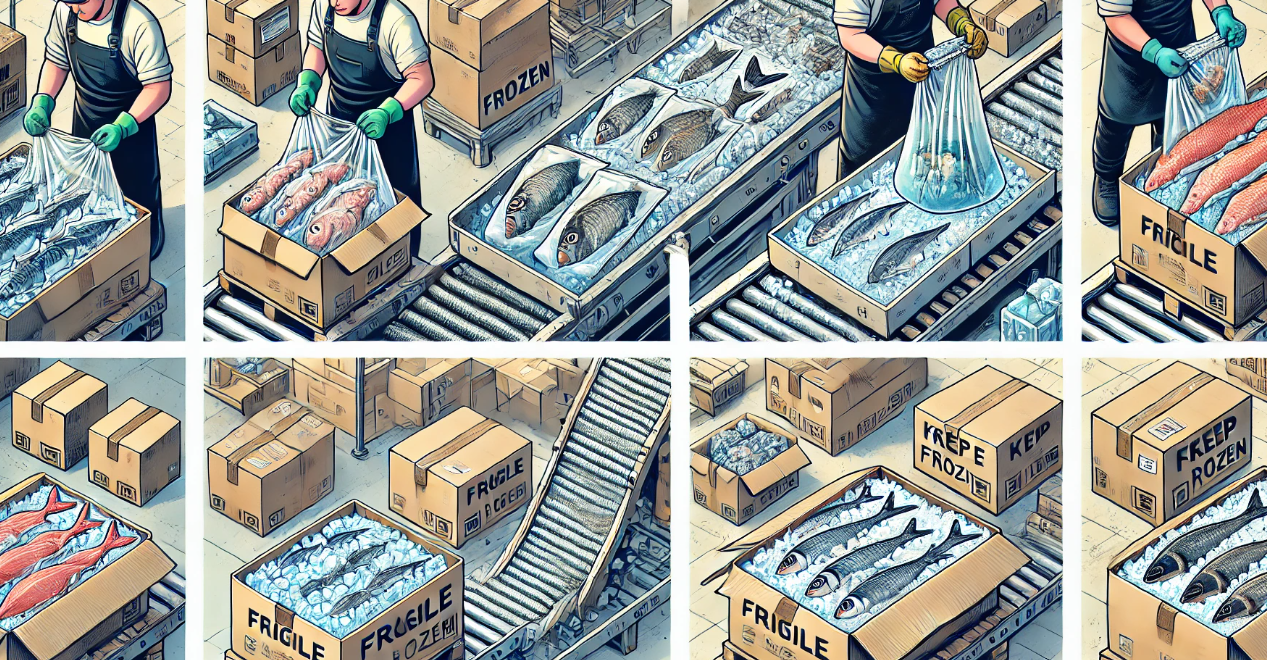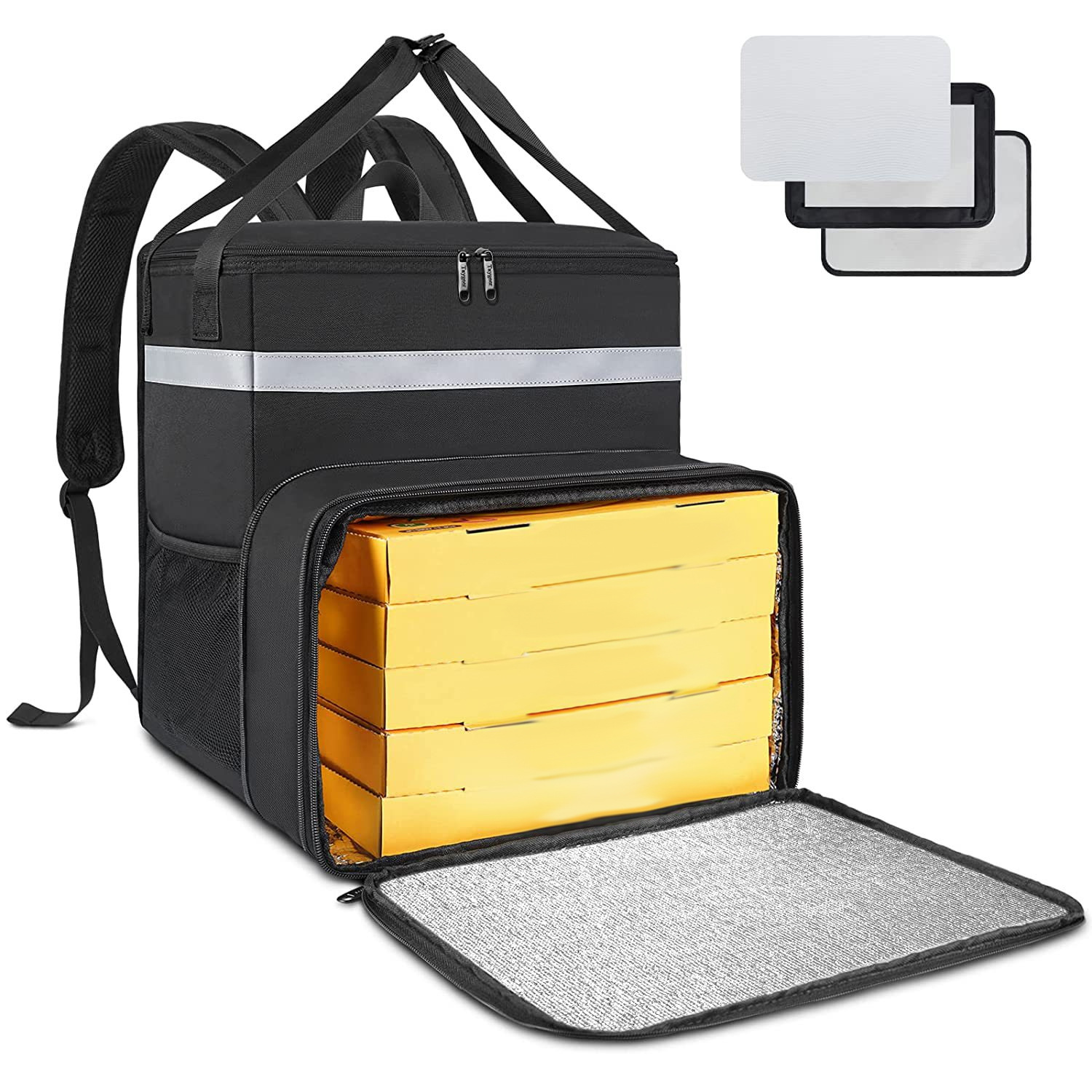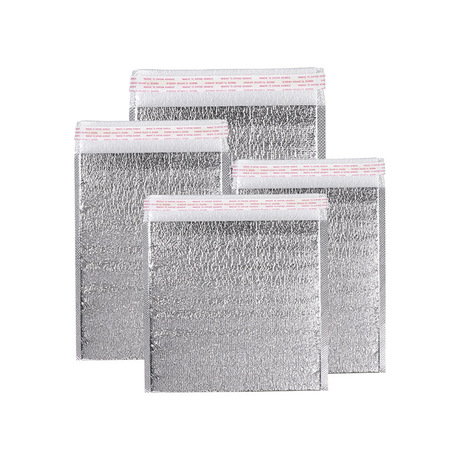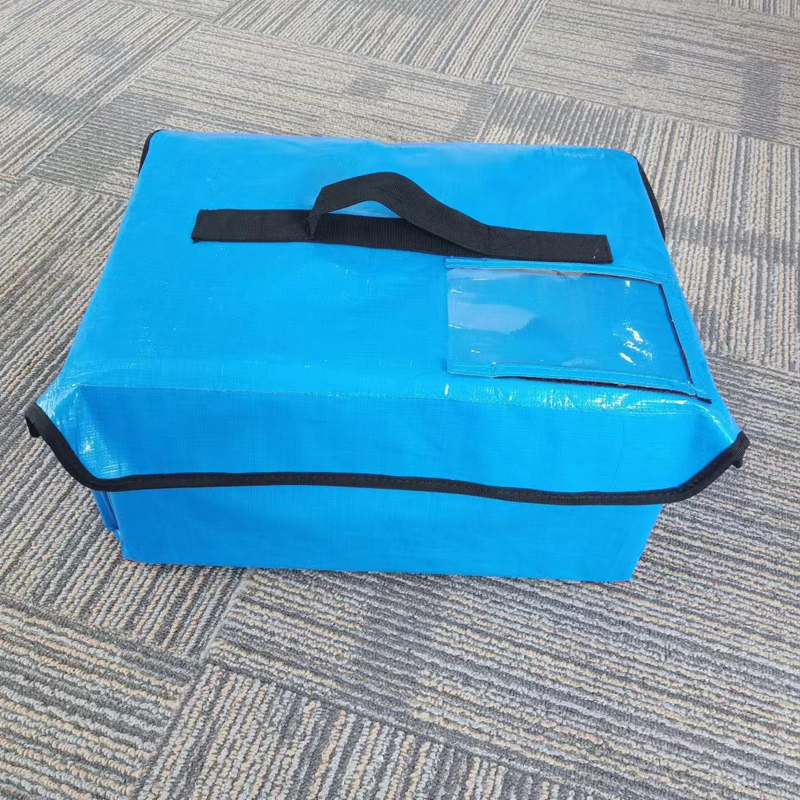1. Precautions for transporting frozen fish
1. Keep the temperature on hold
Frozen fish must be kept at-18°C or lower to prevent thawing and deterioration. Maintaining a stable low temperature throughout transport is crucial.
2. Packaging integrity
Proper packaging is key to protecting fish from temperature fluctuations, physical damage and contamination. The package shall be durable, leaky, and insulated.
3. Humidity control
Minimize the humidity in the package to prevent ice crystals and frozen cautery, which reduces the quality of the fish.
4. Transportation time
Plan transportation routes and duration to ensure that fish are always frozen before reaching their destination. Use an expedited transport method, if necessary.
2. Packaging steps
1. Prepare the materials
-Vacuum sealing pockets or moisture-proof packaging
-High-performance thermal insulation container (EPS, PPE, or VIP)
-Condensant (bolsas de gelo em gel, gelo seco, ou material de mudança de fase)
-Hygroscopic pads and bubble pads
2. Pre-cooled fish
Make sure the fish is completely frozen before packaging. This helps to maintain a stable internal temperature during transport.
3. Vacuum seal or pack the fish
Fish fish using vacuum sealing pockets or moisture-proof packaging, which prevents air exposure and reduces the risk of freezing cautery.
4. Arrange the refrigerant
Place the pre-cooled fish in an insulated container. Spread the refrigerant (such as gel ice packs, gelo seco, ou materiais de mudança de fase) evenly in the surroundings to ensure uniform temperature distribution.
5. Fix and seal the containers
Use a bubble cushion or foam to prevent movement during transport. Close tight tightly to prevent air exchange and temperature fluctuations.
6. Mark the packaging
Clearly marked packaging, labeled “perishable items” and “keep frozen”. Include handling instructions for transport personnel reference.
3. Temperature control method
1. Choose the appropriate thermal insulation material
Select the appropriate insulation containers according to the transportation time and external conditions:
-EPS container: lightweight and cost effective for short to medium duration transportation.
-EPP container: durable and reusable for long time transportation.
-VIP container: high performance thermal insulation, suitable for long time transportation and highly sensitive products.
2. Use the appropriate refrigerant medium
Choose a refrigerant suitable for the transportation needs:
-Pacote de gelo em gel: Suitable for short to medium length, non-toxic and reusable.
-Gelo seco: Suitable for long time transportation, maintaining extremely low temperatures. Due to its extremely low temperature and sublimation properties require careful treatment.
-Phase change material (PCM): Provide accurate temperature control for multiple transportation times and can be reused.
3. Temperature monitoring
Use the temperature monitoring equipment to track the temperature throughout the transportation process. These devices can alert temperature deviations, allowing you to take immediate corrective action.
4. Huizhou’s professional solutions
Maintaining the temperature and freshness of food is critical when transporting frozen fish. Huizhou Industrial Cold Chain Technology Co., Ltda. provides a series of efficient cold chain transportation products, the following is our professional proposal.
1. Huizhou products and applicable scenarios
1.1 Inwater ice pack
-Main application temperature: 0℃
-Cenário aplicável: For products that need to be maintained around 0℃, but not suitable for frozen fish transportation.
1.2 Saline water ice pack
-Main application temperature range: -30℃ to 0℃
-Cenários aplicáveis: Suitable for frozen fish that require lower temperatures but not extreme low temperatures.
1.3 Pacote de gelo em gel
-Main application temperature range: 0℃ to 15℃
-Cenário aplicável: suitable for slightly cold products, but not suitable for frozen fish transportation.
1.4 Materiais de mudança de fase orgânica
-Main application temperature range: -20℃ a 20 ℃
-Cenário aplicável: Adequado para o transporte preciso de controle de temperatura em diferentes faixas de temperatura, but not suitable for frozen fish transportation.
1.5 Placa de gelo da caixa de gelo
-Main application temperature range: -30℃ to 0℃
-Cenário aplicável: suitable for short-haul transportation and need to keep frozen fish cold.
2.insulation can
2.1 The VIP incubator
-Características: Use a tecnologia de placa de isolamento a vácuo para fornecer o melhor efeito de isolamento.
-Cenário aplicável: Suitable for extreme low temperature requirements and the transportation of high-value frozen fish.
2.2 Incubadora de EPS
-Características: Polystyrene materials, baixo custo, suitable for general thermal insulation needs and short-distance transportation.
-Cenário aplicável: Suitable for frozen fish transport requiring moderate insulation effect.
2.3 Incubadora EPP
-Características: high density foam material, provide good insulation performance and durability.
-Cenário aplicável: Suitable for frozen fish transportation requiring prolonged insulation.
2.4 Incubadora de pu
-Características: Material de poliuretano, excellent thermal insulation effect, Adequado para transporte de longa distância e altos requisitos de ambiente de isolamento térmico.
-Cenário aplicável: suitable for long distance and high value frozen fish transportation.
3.1 Oxford cloth saco de isolamento
-Características: light and durable, Adequado para transporte de curta distância.
-Cenário aplicável: suitable for small batches of frozen fish, but not recommended for long-distance transportation due to limited insulation effect.
3.2 Non-woven thermal insulation bag
-Características: materiais ecológicos, good air permeability.
-Application scenario: suitable for short distance transportation for general insulation requirements, but not recommended for frozen fish transportation due to limited insulation effect.
3.3 Aluminum foil insulation bag
-Características: calor refletido, bom efeito de isolamento térmico.
-Cenário aplicável: suitable for medium and short distance transportation and need insulation and moisturizing, but should be used with other insulation materials.
4.According to the recommended protocol for the frozen fish species
4.1 Long-distance frozen fish transportation
-Solução recomendada: Use gelo seco, combined with a VIP incubator, to ensure that the temperature remains at-78.5℃ to maintain the freezing state and freshness of the fish.
4.2 Short-haul frozen fish transportation
-Solução recomendada: Use saline ice packs or ice box ice sheets, paired with a PU incubator or EPS incubator, to ensure that the temperature is maintained between-30℃ and 0℃ to keep the fish frozen.
4.3 Frozen fish transportation midway
-Solução recomendada: Use saline ice packs or ice box ice plates with an EPP incubator to ensure that the temperature is maintained between-30℃ and 0℃ to maintain the freezing state and freshness of the fish.
Usando produtos de refrigerante e isolamento de Huizhou, you can ensure that frozen fish maintain the best temperature and quality during transportation. We are committed to providing our customers with the most professional and efficient cold chain transportation solutions to meet the transportation needs of different types of frozen fish.
5.Serviço de monitoramento de temperatura
Se você deseja obter as informações de temperatura do seu produto durante o transporte em tempo real, Huizhou fornecerá um serviço profissional de monitoramento de temperatura, Mas isso trará o custo correspondente.
6. Huizhou’s commitment to sustainable development
1. Materiais adequados para o meio ambiente
Nossa empresa está comprometida com a sustentabilidade e usa materiais ecológicos em soluções de embalagem:
-Recipientes de isolamento recicláveis: Nossos recipientes de EPS e EPP são feitos de materiais recicláveis para reduzir o impacto ambiental.
-Biodegradable refrigerant: We provide biodegradable gel ice packs and phase change materials, Seguro e ecológico, to reduce waste.
2. Soluções reutilizáveis
Promovemos o uso de soluções de embalagem reutilizáveis para reduzir o desperdício e reduzir custos:
-Recipientes de isolamento reutilizáveis: Nossos contêineres EPP e VIP são projetados para uso múltiplo, fornecendo economia de custos a longo prazo e benefícios ambientais.
-Refrigerante reutilizável: Our gel ice packs and phase change materials can be used multiple times, reducing the need for disposable materials.
3. Prática sustentável
Aderimos a práticas sustentáveis em nossas operações:
-Eficiência energética: Implementamos práticas de eficiência energética durante os processos de fabricação para reduzir a pegada de carbono.
-Reduzir o desperdício: Nós nos esforçamos para minimizar o desperdício por meio de processos de produção eficientes e programas de reciclagem.
-Iniciativa verde: Estamos ativamente envolvidos em iniciativas verdes e apoiam os esforços de proteção ambiental.



































